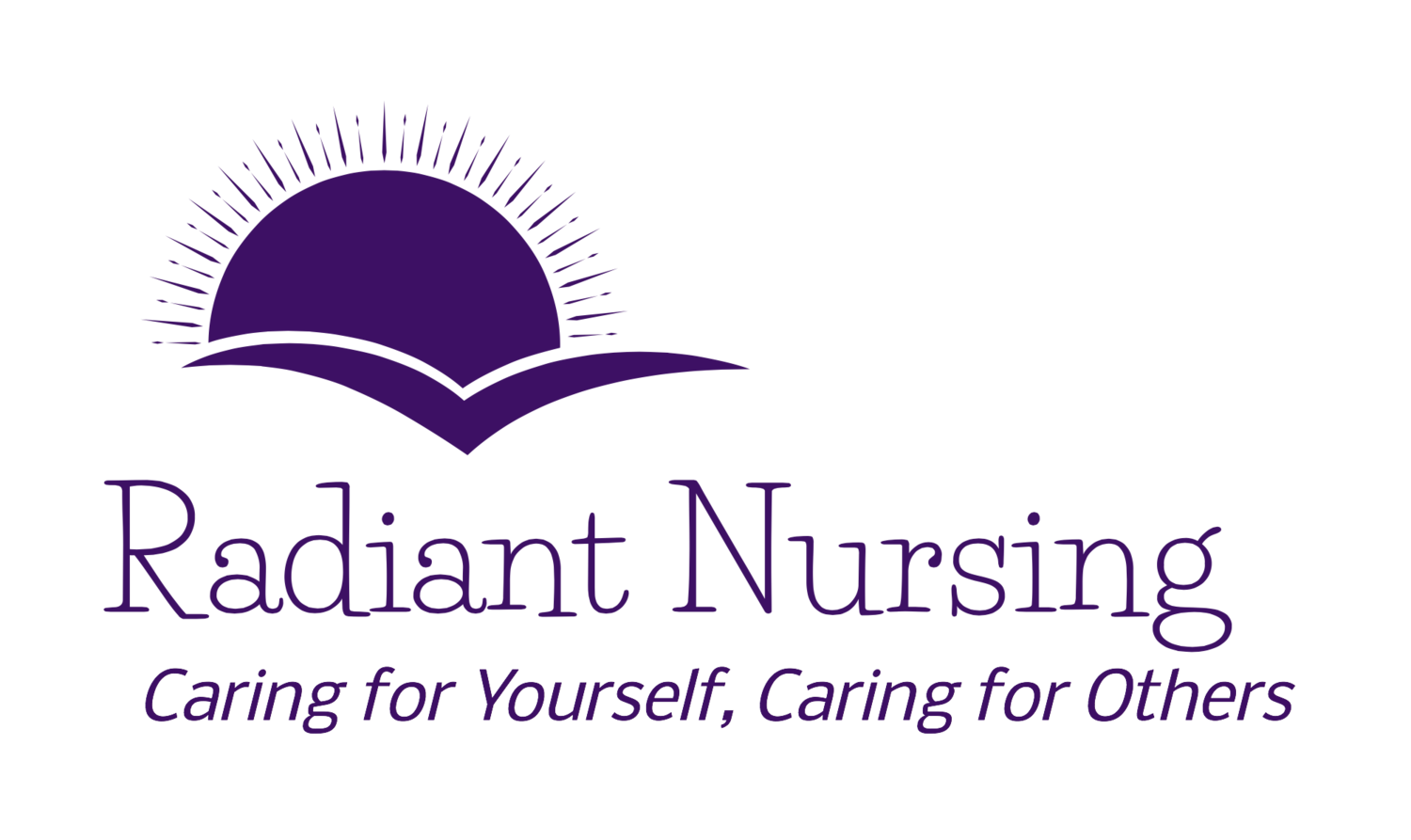Silvery New Year Celebrations
/Holidays Shimmer With Color
Each holiday takes on its own color and hue. That color can change with the passing of the years; it's not a static thing.
There can even be more than one color or it can take on a predominant shade.
What Is The Color Of Your Holidays?
New Year celebrations often have the color of silver wrapped around them. Silvery winter snow, sparkles reflect off the tinsel, silverware gleams upon the table.
Christmas tends to have the colors of gold with red and green flowing around it.
All this talk of silver and gold reminds us of Yukon Cornelius from the 1964 tv show Rudolph the Red-Nosed Reindeer. Burl Ive sings about the silver and gold we see during our holiday celebrations in this delightful song Silver and Gold.
New Year Resolutions
Of course, we can't speak of changing our calendar year without mentioning a New Year's resolution. Do you make them? Interestingly, New Year Resolutions didn't become a trend until relatively recently. Wikipedia notes:
“At the end of the Great Depression, about 25% of American adults formed New Year’s resolutions.
At the start of the 21st century, about 40% did.”
Resolutions trace their origins to religious roots:
“The ancient Babylonians made promises to their gods at the start of each year that they would return borrowed objects and pay their debts.
The Romans began each year by making promises to the god Janus, for whom the month of January is named.
In the Medieval era, the knights took the “peacock vow” at the end of the Christmas season each year to re-affirm their commitment to chivalry.
At watchnight services, many Christians prepare for the year ahead by praying and making resolutions. People may act similarly during the Catholic fasting period of Lent.
The practice of New Year’s resolutions partially came from the Lenten sacrifices.”
Do you think we should share our resolutions?
Are they like birthday wishes when we blow out the candles on a cake – if you say them out loud, they won't come true?
Or should we be bold and yell our resolutions from the mountain tops?
Some studies show that women, in particular, do better following through with their resolutions when they share them with friends and have their support to succeed.
Resolutions With The Radiance Technique®
Students of The Radiance Technique® (TRT®) can benefit from the use of TRT® hands-on for any of their resolutions.
Of course, use of TRT® is not cause and effect. It's not a panacea. Rather, as you direct universal energy you support your unfolding process from the inside to the outside.
TRT® is a way to help yourself through this journey of life with all its bumps and tumbles.
Because life will have its struggles, even with use of TRT®. And yet, to have a way to help ourselves, to participate with our own healing process, is what makes all the difference. No longer are we helpless, no matter what we may face.
Will it be incredibly hard sometimes? Yes. And, we can take TRT® with us, no matter what, no matter where we go.
One of my New Year resolutions is to have additional time with TRT® meditations. It's one of the best gifts I can give myself.
What are your plans for these New Year celebrations?






